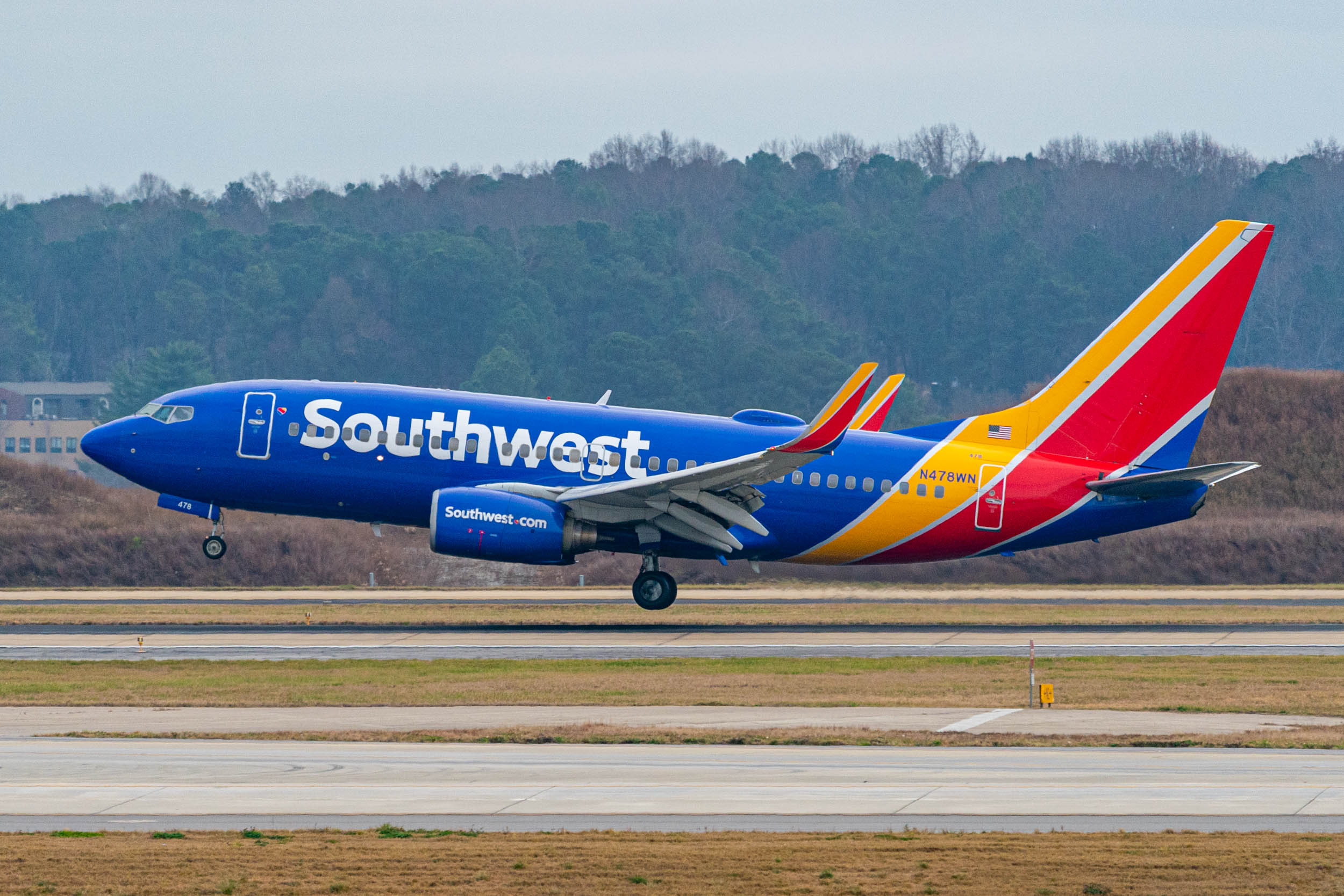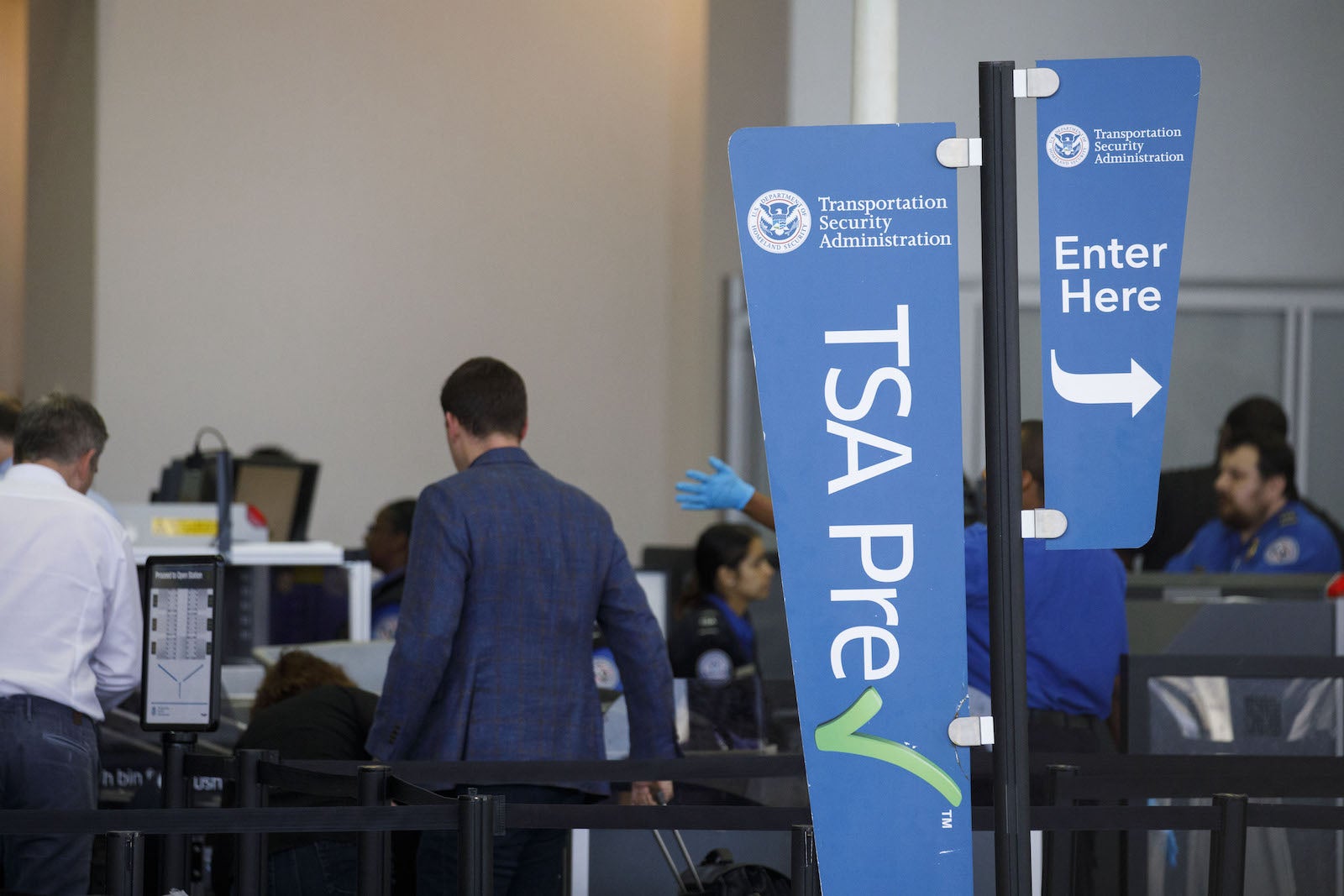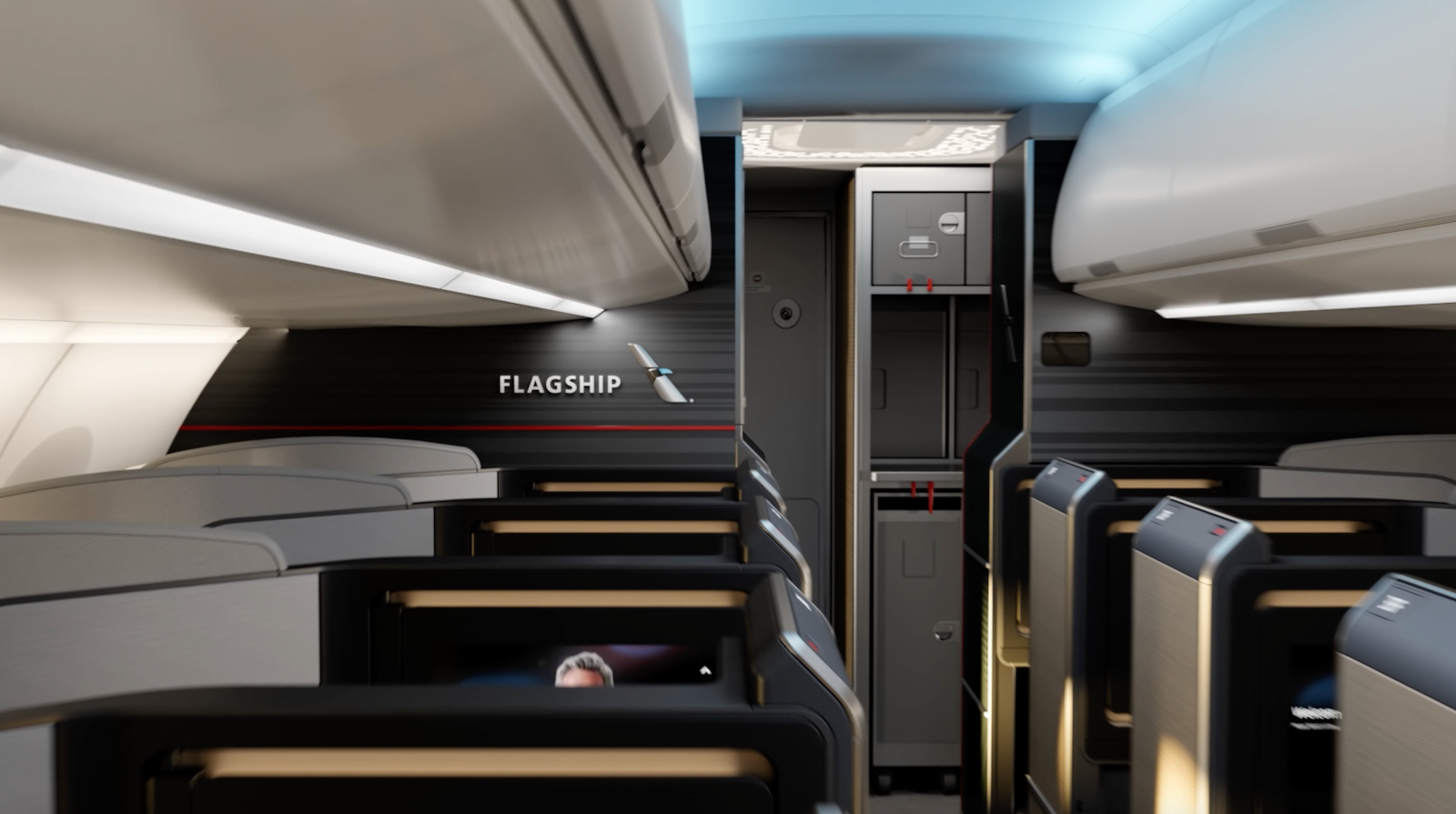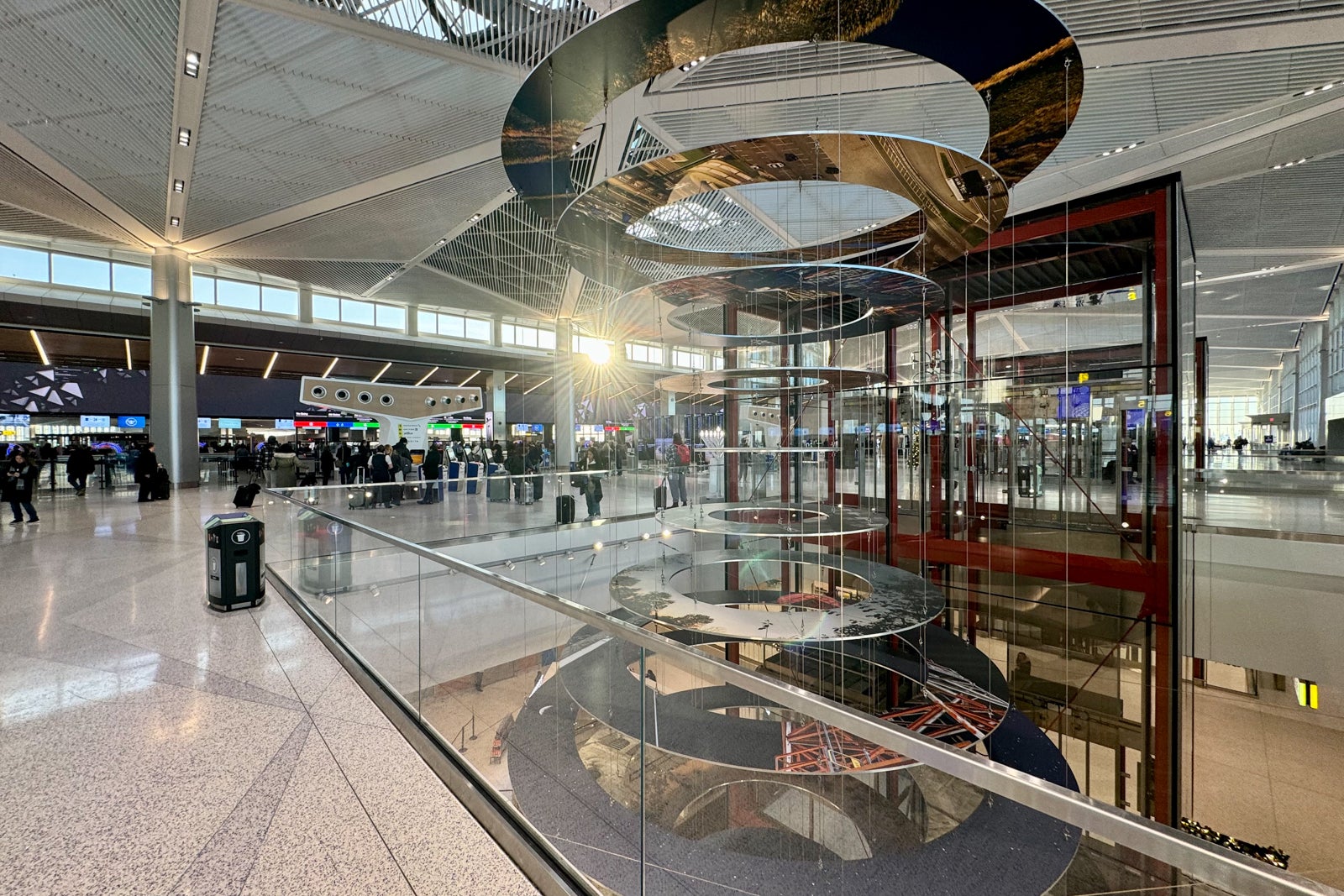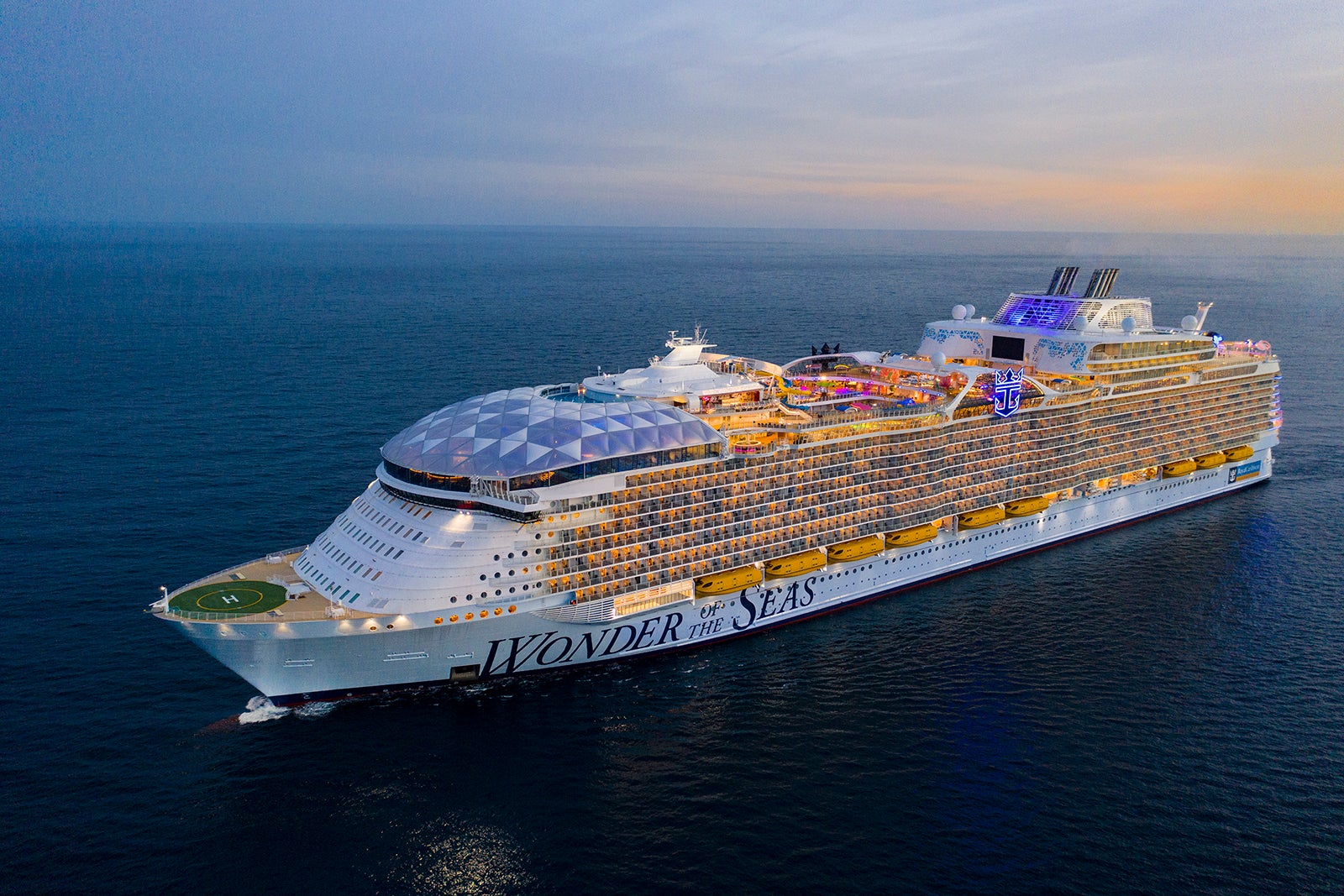Assigned seats? Extra legroom? Southwest mulls changing its famous open seating
Southwest Airlines is considering making major changes to its seating process.
The airline is researching “transformational options” surrounding its storied single-class, open-cabin format, CEO Bob Jordan said Thursday, as the airline seeks to form new streams of revenue and boost existing ones.
Want more airline-specific news? Sign up for TPG’s free biweekly Aviation newsletter.
Speaking during an earnings conference call with investors and media, Jordan and other airline executives were purposefully vague about the possible changes, noting that they were studying customer preferences along with the operational and financial impact of any possible changes.
“We remain committed to our industry-best customer-friendly policies, but we are also committed to understanding and meeting customer expectations,” Jordan said.
Jordan was more definitive about two things, however.
First, while Jordan did not categorically rule out the possibility of adding a separate first-class or other type of premium cabin, don’t hold your breath.
“Southwest Airlines — we will stay true, no matter what we do, to the brand, and who we are, and how we approach customers,” Jordan said. “I think that curtains, and things like that, are a bit far afield from what Southwest is,” referring to the curtain that typically separates the first-class seats from the economy cabin on other airlines.
“The product that we put in the marketplace today has worked for us for over 50 years, and customers understand well who we are, and what we bring,” Jordan added. “We’ll study it all, but at the end of the day, we’re going to remain true to who Southwest is.”

Daily Newsletter
Reward your inbox with the TPG Daily newsletter
Join over 700,000 readers for breaking news, in-depth guides and exclusive deals from TPG’s experts
Secondly, despite looking for new revenue opportunities, Jordan explicitly rejected the possibility of adding fees to checked luggage (Southwest allows all passengers to check two bags without charge). The free checked bags are too valuable of a brand differentiator for the airline, Jordan said, and customer research has shown that the benefit drives a significant number of passengers to choose the airline over alternatives.
Still, Southwest’s seating is also a significant brand differentiator, but it may be time for changes, Jordan said.
Southwest’s current model eschews assigned seats and instead enforces a structured boarding order, giving the first passengers on board their choice of seats.
Related: Southwest Airlines reveals new seats, cabin designs
The changes are under consideration in an effort to boost revenue and market share, Jordan said. The airline lost $231 million in the first quarter of 2024, compared to a loss of $159 in the same period last year.
While it is common for airlines to post losses in the first quarter, as travel demand sharply slows between the holidays and the winter and spring school break periods, Southwest’s was higher than analysts expected, and its fiscal performance was worse than many of its peers.
One financial head wind for Southwest is that it’s limited in opportunities to earn ancillary revenue through upsells of things like seat assignments, extra-legroom seats, upgrades and more.
Its competitors, meanwhile, reported increasing shares of their revenue as coming from such upsells. American Airlines, for instance, which also reported a loss Thursday but offered a better-than-expected forecast for the second quarter, noted that revenue from “premium content” — which it defines as including upsell, loyalty program and partner revenue — made up 61% of its revenue for the quarter, a 17% increase over the same period last year.
Southwest, which exclusively uses Boeing 737 aircraft, is also affected worse by Boeing delivery delays than its peers. The airline said it would cut four cities from its route map as it seeks to tighten its network to cope with pressures from the Boeing delays.
Jordan said that the airline periodically assesses its offerings and whether it should change them — something analysts and reporters also ask about frequently.
“I’m proud of our product today, and our customers love it, but it was designed at a time when load factors were lower, and higher load factors do change the way preferences work,” Jordan said. “There’s no decision; there’s nothing to report other than that we are seriously looking at this, but early indications both for our customers and for Southwest are pretty darn interesting.”
The serious consideration of changes represents a fairly dramatic shift from Southwest leadership over a fairly short period of time, and reflects how quickly the operating environment can change for airlines.
Don’t miss: Southwest cuts 4 cities from its route map, will shrink at Atlanta and Chicago O’Hare
Last fall, when asked the usual question about seating and cabins at the Skift Aviation Forum, Jordan said that there was “nothing underway; there’s no story here.”
Six months later, things have changed.
Jordan said that while the airline frequently takes a surface-level look at whether to make any changes, it’s currently performing a deeper analysis, which it does less frequently.
“The answer was different six months ago because the work has really accelerated; it’s work that we’ve done since then,” Jordan said.
“There’s a lot of discussion out there about cabin, and premium, and all kinds of things,” he added, “so it makes sense in terms of timing to study that.”
Jordan and other Southwest executives did not discuss a timeline for any possible changes, but they said that there would likely be more information available in September, when the airline is scheduled to hold an investor conference.
Related reading:

